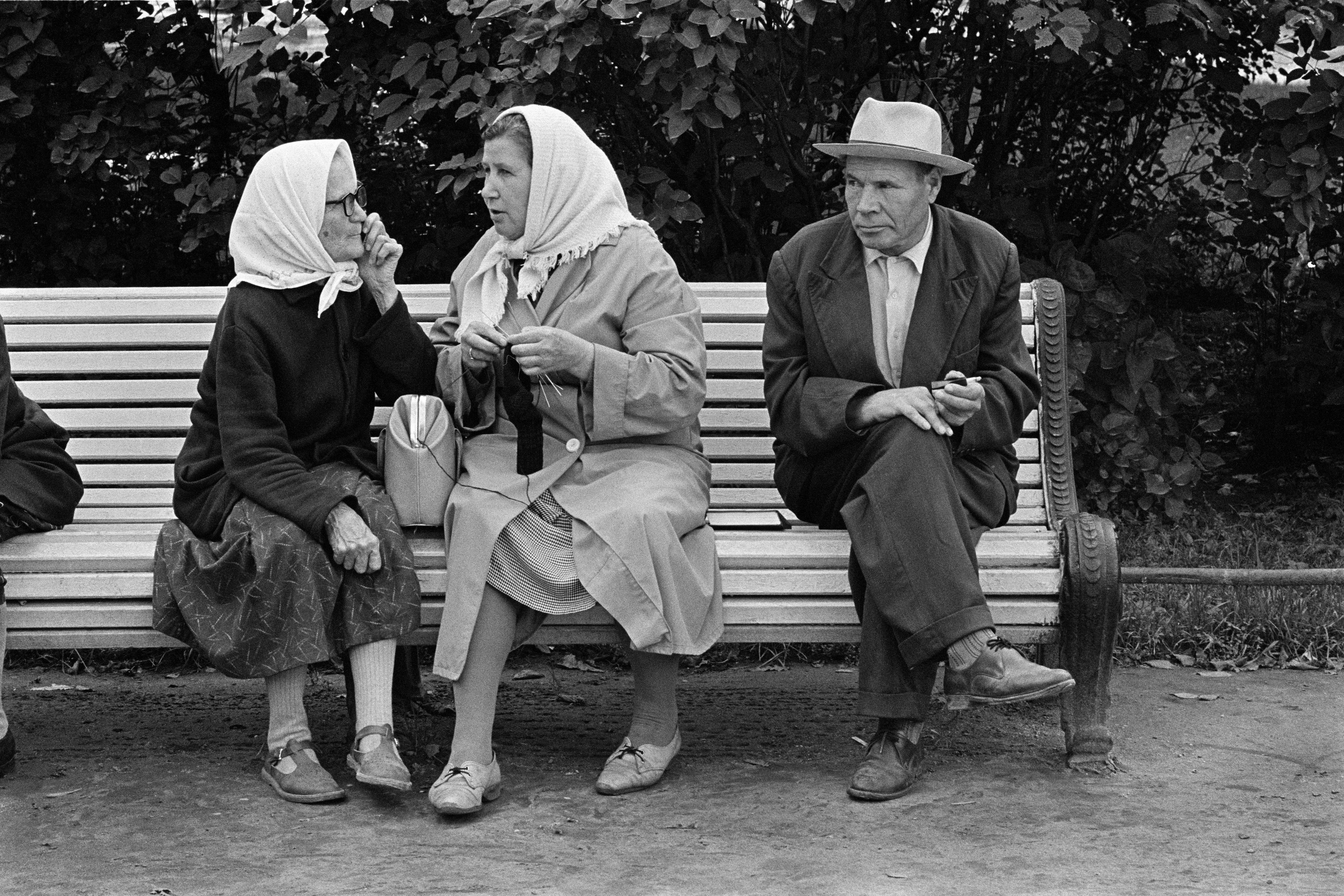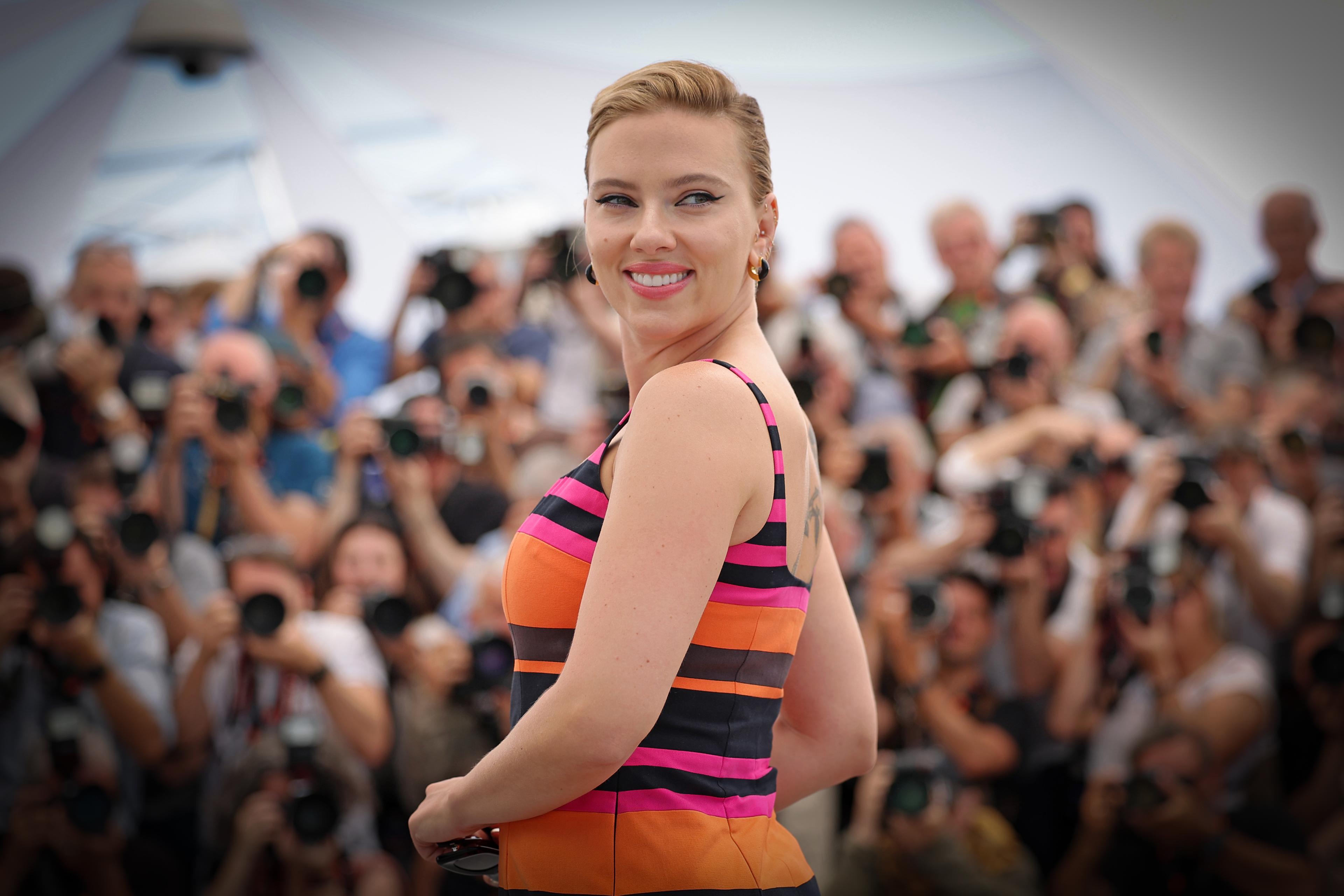What does it mean to say that 1980s glam rock is cheesy? Or that a meal is delicious? Or a painting beautiful? When we say that a sculpture might be composed of a pre-existing artifact, or argue that a natural rock formation couldn’t be a work of art, what are we doing?
One answer is that we are describing how the world is or reporting our observations – like we would report that the table is brown or that today is Tuesday. But if these claims are akin to observational reports, then why is there such widespread disagreement about whether a song is cheesy or a meal tasty, when there is no such disagreement in the observation case (barring certain stripy dresses)?
Consider the last time you had a heated debate over the qualities of a film. Where did your interlocuter go wrong in making their assessment? Were they missing important information, or were they failing to weigh certain facts appropriately? Would the aggregate score on Rotten Tomatoes help to settle the debate? What about statements from the director? If you think not, then perhaps what’s going on isn’t so much describing whether a film really is, say, ‘derivative’ but proposing more useful ways for how we should think about the movie in relation to other films. It is a distinctly normative project.
When we talk about the qualities of items such as paintings, food, video games, films, songs and dance routines – the lines, colours, shapes, scenes, smells, bodily movements and so on that we think matter when judging or evaluating artifacts – we are dealing with what philosophers call ‘aesthetic properties’ or the sorts of features that realise ‘aesthetic value’. We can think of aesthetic-ness as a matter of appreciation, that is, the way in which certain artifacts participate in appreciative practices, and as embodied in the terms we employ to evaluate those artifacts, words such as ‘boring’, ‘savoury’, ‘nuanced’, ‘graceful’ and the like.
So aesthetic claims surely look like reports on their surface: ‘The painting is kitsch’ shares the same grammar as ‘The cat is white.’ Then why think that the former is doing something fundamentally different?
Taste predicates such as ‘spicy’ or ‘tangy’ and aesthetic terms such as ‘silly’ or ‘unoriginal’ are tied to the sorts of things we predicate of them – which are paradigmatic cultural items such as cuisines, novels and paintings. These are items that depend to some degree on us and our organised behaviours for their existence. The traditions of classifying and assigning aesthetic value to such items are both implicitly and explicitly rule-governed (you can go wrong in classifying a film as a comedy) but essentially fluid – the sorts of songs we classified as ‘cheesy’ without controversy 30 years ago look quite different from what we do now.
The production of novel artifacts in the world, specifically items that appeal to us aesthetically, often challenge and change how we talk about things of that kind. This is because, in the realm of the aesthetic, items can be created or produced that bring with them new ways of embodying concepts such as ‘graceful’ or ‘superficial’. For example: what does it mean for a Super Mario Brothers speedrun to be graceful? Many artifacts also sit uneasily between two (or more) artifactual categories and so raise problems for how we think and talk about them: is Banksy’s Self-Shredding Girl with a Balloon (2018) a sculpture, a performance or a vandalised print? The ways in which novel items and borderline cases embody aesthetic values are to be negotiated, rather than simply observed.
This suggests that the terms we use to talk about the objects of aesthetic value can’t be given the philosopher’s golden seal of ‘necessary and sufficient conditions’: a definition of ‘boring’ that captures all and only those features that would guarantee the existence of a boring thing. Instead, what we’re left with are concepts that will always be, to some degree, inadequate for the task at hand. Cultural production will continue to outstrip our tools for classifying and evaluating cultural items. On this view, disagreements aren’t mistaken – they’re inevitable. And that is a very good thing. Engaging with aesthetic value makes our lives richer.
Think of how much would be lost if forming beliefs about aesthetic value was just like learning about a finite set of facts: once you’ve amassed all the correct beliefs about the TV series I May Destroy You (2020), you’ve exhausted your investigation and there is nothing more to say on the matter. But arguing over aesthetic value enables us to participate in communities and conversations we wouldn’t otherwise, which in turn opens up new ways to express ourselves. This is a key component in the development of the freedom to think and act on one’s own behalf.
When we first start engaging with aesthetic values, we have to navigate the rules for treating the right sorts of things in the right way, such as which songs and artists are canonically classified as Neo-Soul, and why. We might start to immerse ourselves in an aesthetic community, visiting online forums dedicated to the work of Bob Dylan or YouTube videos of the moves classified as legitimate in a glitch-free Mario 64 speedrun. In doing so we start to develop a better idea of how others think and talk about the relevant aesthetic values – what the implicit rules in play are. However, these rules are open-ended and flexible. This is where heated debates over seemingly definitional issues can arise: what it means to call something a ‘0.5 x A button press’ in the context of a Mario speedrun with the least amount of presses on the Nintendo controller, or whether the computer animated film The Lion King (2019) counts as ‘live action’, or whether a banana taped to a wall – aka Comedian (2019) by Maurizio Cattelan – is really a work of art, or if an AI can be an ‘artist’. Crucially, these questions, while pressing, don’t have an answer ‘out there’ in the world. Instead, it’s up to us to decide what counts as a glitch, or a sculpture, or an artist, and why. Doing so has implications for how we and others go on in the non-linguistic world.
Without aesthetic properties ‘out there’ in the world to determine when our claims using aesthetic predicates such as ‘tangy’ or ‘silly’ are true, it seems we can’t appeal to those properties to settle a disagreement. Perhaps we’d do best to reject a ‘one size fits all’ answer to the nature and meaning of aesthetic items and embrace a more pluralistic view of aesthetic value. We should stop thinking of classification and evaluation in ‘true or false’ terms and instead appreciate the ways in which disagreements over aesthetic value encourage us to formulate new ways of thinking and talking – as a matter of justifying or giving reasons for what we think.
When we judge that a painting is beautiful, or that a song slaps, we do so for a reason. Often, we lack a full or transparent grasp of the impetus behind our aesthetic judgments. This is what is sometimes called an ‘intuition’ or a gut feeling – I have a feeling that the song ‘WAP’ (2020) by Cardi B slaps, but effectively communicating to another person why turns out to be much more difficult. Once we give reasons for our claims, and defend our aesthetic proposals, we are entitled to them – people are not licensed to just dismiss or reject them, at least not without also forfeiting their claim to being in good faith.
As we get better at recognising the rules in play, we’re better placed to recognise when an aesthetic term can be applied, but shouldn’t – or when one typically wouldn’t be applied, but should, and what sorts of changes doing so would entail for how others should think and talk going forward. One might not have thought that a video game speedrun could be graceful but working out how this could be so opens up new modes of aesthetic appreciation as well as new questions: is the player the one who is graceful, or is it the pixels on the screen? We find ourselves yet again enmeshed in a normative activity – how we should think, talk and behave, rather than just laying out how we in fact do. Artworks are exceptionally efficient at proving a context where we can do exactly this sort of forward-looking work.
So why do we spend so much time and energy arguing over aesthetic value if we’re not trying to arrive at the One True Correct Judgment on an artwork or artifact? Debates over aesthetic value provide us with a means for what the philosopher C Thi Nguyen in Games: Agency as Art (2020) calls ‘striving play’: when we take pleasure by conforming to the rules of the game, in order to pursue the (disposable) end of winning. We do this in argumentative contexts when we strive toward the disposable goal of being right for the purpose of the pleasure of the pursuit, the debating itself. While winning is something we also like, it would be a mistake to think it the sole or primary reason we play games, disagree over aesthetic value, or engage in aesthetic endeavours more generally.
Since one has to spell out why Bon Jovi’s ‘Livin’ on a Prayer’ (1986) is a cheesy song, aesthetic items put us in a position to work through the limits of our operative conceptual frameworks and work out how we ought to (or not) treat value-laden items in the world. It might just be that earnestly engaging with aesthetic value (given the sort of thing that this value is) carries with it the means for reflective assessment and refinement. While we can always widen the scope of what we think falls under a certain term, such as ‘cheesy’ or ‘boring’, the picture will only continue to get more complex. It will never be complete. However, the inherent limitations of our conceptual frameworks for thinking and talking about items in the social world is a virtue because it means that the path forward is always, at least to some degree, open.
The ability to draw out implicit distinctions and commitments that follow from what we claim is one of the ways we develop our conceptual freedom. Once we have a competent grasp of the rules that are in play in a certain aesthetic domain (how to talk about alienating architecture, country trap music or mockumentaries), we are in a better position to subvert, challenge or revise those rules, thus being less bound by them. Those who craft new distinctions for talking about important things can more effectively draw out how the world might, could, would or should be. We enact our freedom when we formulate reasons for thinking about a song one way rather than another, make appeals to what might or could be the case, and in doing so implicitly (or explicitly) endorse new rules, new ways of thinking and talking. We can ‘take control’ of our conceptual lives, rather than following along well-trodden paths.
As we forge different ways of thinking about aesthetic value and new reasons why we should value or appreciate certain artifacts and art works, we rely less on the judgments of others, on the experts, or on avoiding a judgment ourselves (the dreaded resignation of naive aesthetic relativism: ‘Who am I to say?’) If it is the case that new items will always emerge from that challenge, or change or extend how we think and talk about aesthetic value, then this endeavour is in its essence neverending. It’s part of us as social and value-driven creatures. Disagreements involving aesthetic value are inevitable, and lack any certain solution, but without them we would be left adrift in our unreflective judgments and unacknowledged inconsistencies.
Art is, literally, freedom.








